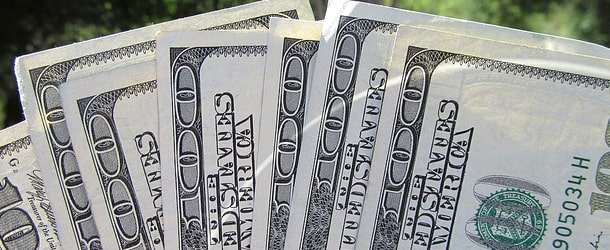Nearly Half of Home Loan Applicants Paid Mortgage Points in 2022

A new analysis from Zillow revealed that nearly half of mortgage applicants opted to pay points when taking out a home loan last year.
These optional costs allow homeowners to buy down their interest rate at closing.
Doing so lowers their monthly mortgage payment for the duration of the loan term.
And it saves them money on interest via a lower mortgage rate, meaning more of each payment goes toward principal.
But are points actually a good deal for homeowners? And do they make sense when interest rates are high?
A Lot More Homeowners Are Paying Mortgage Points These Days
Zillow Home Loan’s analysis, which used data from the Home Mortgage Disclosure Act (HMDA), found that roughly 45% of conventional primary home borrowers paid mortgage discount points in 2022.
As noted, these points allow borrowers to obtain a lower mortgage rate. They are a form of prepaid interest.
The result in a reduced monthly mortgage payment and a lower interest expense during the loan term.
What’s interesting is a lot more homeowners are paying these points than in prior years.
For example, when mortgage rates were at or near record lows, far fewer applicants paid points.
To put it in perspective, just 29.6% of borrowers paid points in 2021, 28.4% in 2020, and 27.3% in 2019.
As for why, it’s probably because the mortgage rate offered was so low that there was little need to pay points. And probably little desire.
Zillow notes that buying points is most often used by low-income borrowers (those who make between 30% and 50% of their area’s median income).
These tend to be the folks who are most fixated on keeping monthly payments down.
At the same time, borrowers were more likely to pay points in top and middle price tiers than for homes in the bottom price tier.
Simply put, a lower mortgage rate makes a bigger impact on a larger loan amount.
However, those who made less than 30% of their area’s median income purchased the most points overall for homes in that bottom price tier.
Another issue lately is because the mortgage market has been so volatile, many lenders made mortgage points compulsory.
[Why Mortgage Lenders Are Requiring Upfront Points]
Paying One Point Might Reduce Your Mortgage Rate by 0.25%
While this can certainly vary, Zillow found that mortgage applicants might need to pay 1% of the loan amount to reduce the interest rate by 0.25%.
For example, on a $300,000 loan amount with a rate of 6.75%, it could cost $3,000 to lower that rate to say 6.5%.
The difference in monthly payment would be about $50 and the interest saved about $18,000 over the full 30-year loan term.
Knowing this, you would need to determine if it’s worth that upfront cost. To do so, you figure out the break-even period, which is how long it takes to recoup those costs and begin saving money.
In our example, it might take around four years of reduced payments and interest to make that upfront point worth it.
And that’s the rub. You have to stay in the home AND keep the mortgage for at least that long to actually benefit.
Note that at the moment, mortgage discount points might be going a little further in terms of rate reduction.
Be sure to shop around with multiple lenders to see how far a point can go, as this can vary by company.
Is a Temporary Buydown a Better Option Than Paying Points?
While paying points wasn’t as popular when mortgage rates were rock-bottom, it may have been underutilized.
After all, someone with a 30-year fixed set at 2-3% will arguably keep that home loan for as long as possible. So paying upfront for even more savings could be a winning move.
Conversely, someone who takes out a mortgage set at 6.5% today may not want to keep it very long. Or pounce at the first opportunity to refinance.
There’s also an expectation that mortgage rates could ease later in the year and in 2024. As such, paying points at closing could be a money-loser.
Remember, if you don’t keep the loan past the break-even period, you won’t actually save money on the upfront costs.
This makes the argument for a temporary buydown, such as 2-1 buydown, perhaps more compelling.
You can save money for the first two years and get the lender, builder, or seller to pay for it.
And once a refinance opportunity comes along, you can swap your mortgage in for a new one at a lower rate.
Instead of banking on keeping the mortgage for a long-haul, you can take advantage of lower payments for the first couple years.
It’s less commitment, and possibly more cost-effective. You’re only using the payment reduction for the year or so until mortgage rates ideally come back down.
The homeowner who pays discount points might feel stuck in their loan knowing they’d “lose money” if they refinanced prior to breaking even.
However, the borrower who opts for the temporary buydown must ensure they can afford the actual mortgage payment if a refinance opportunity doesn’t come along.
Comments are closed.